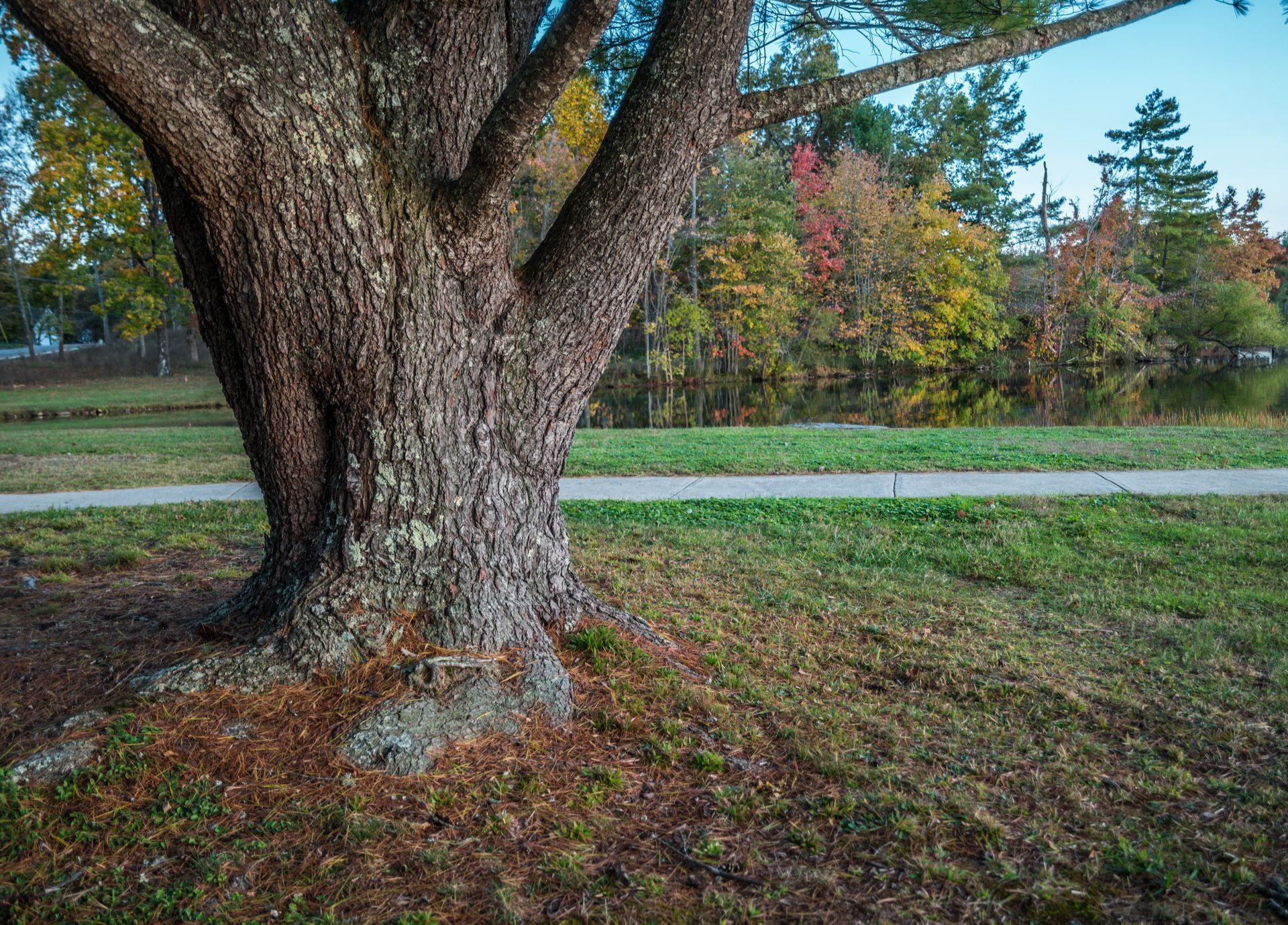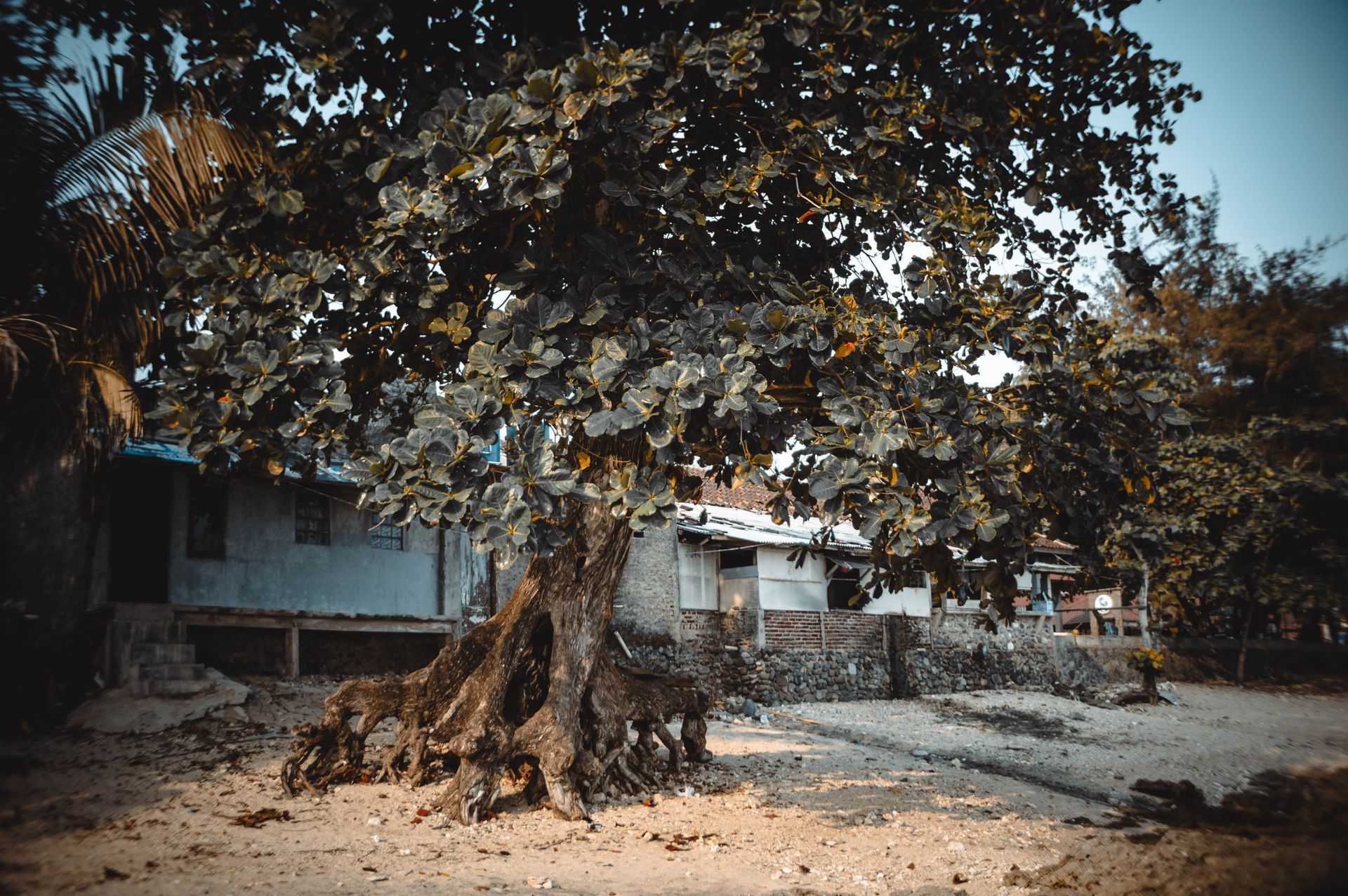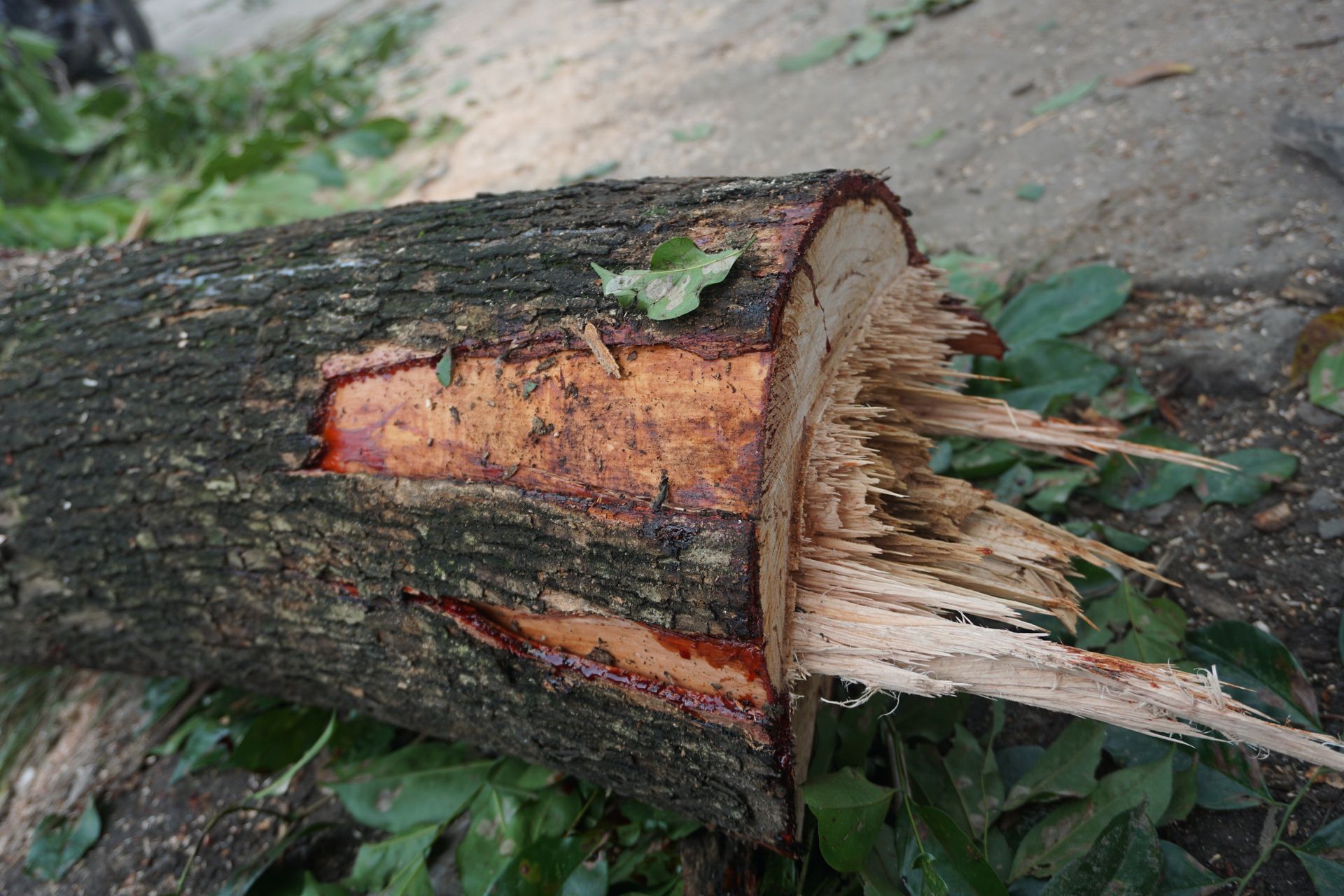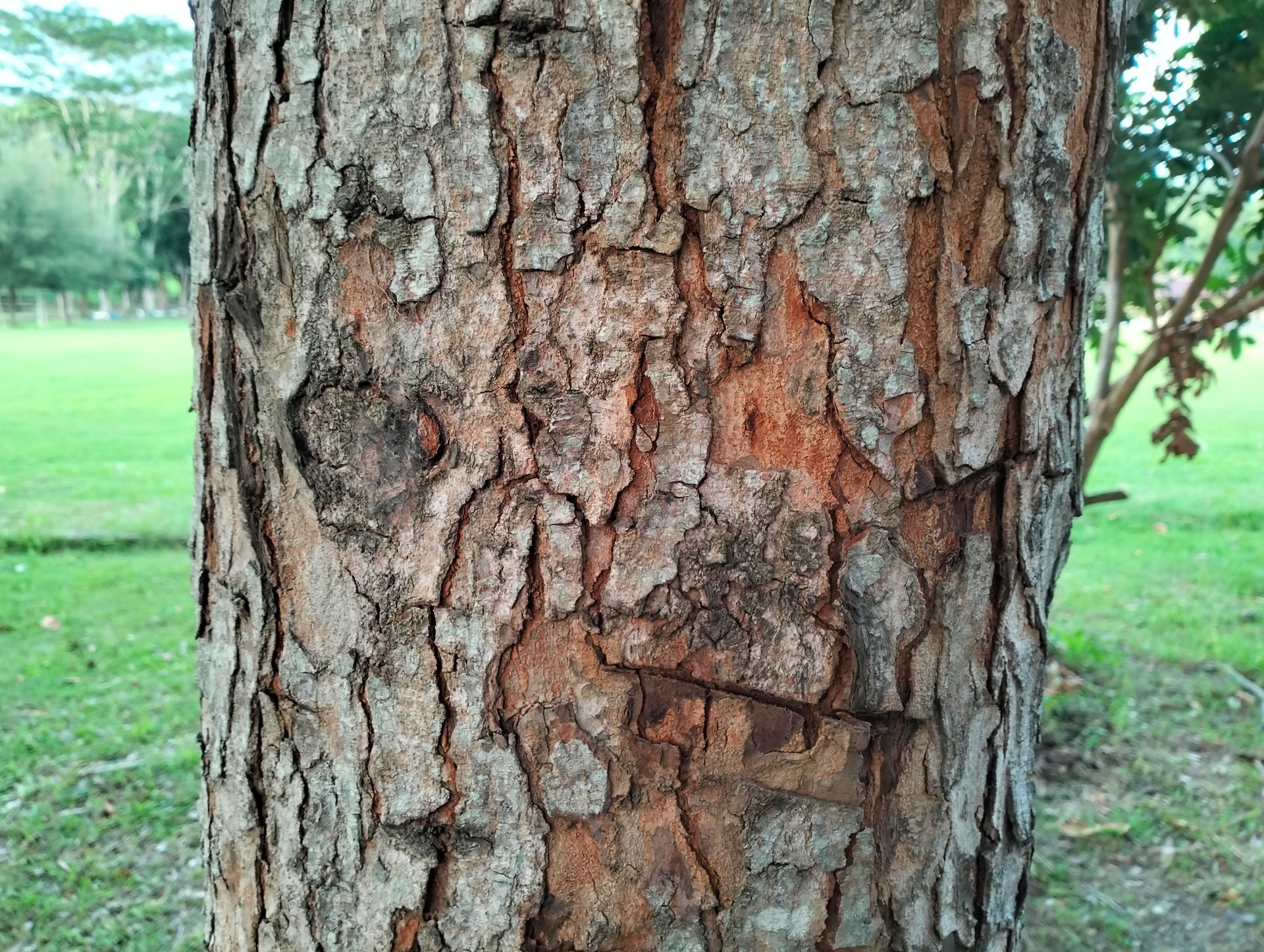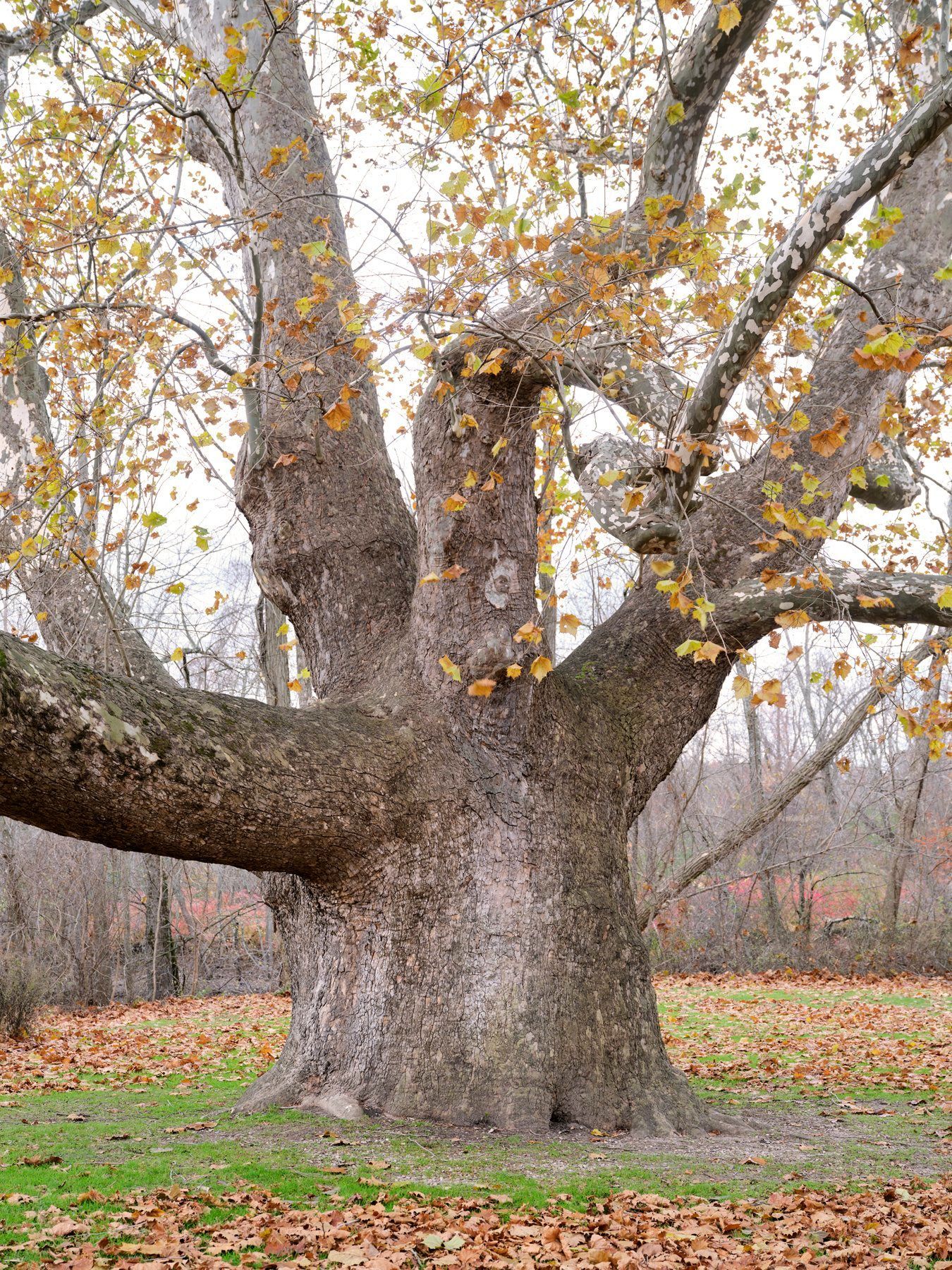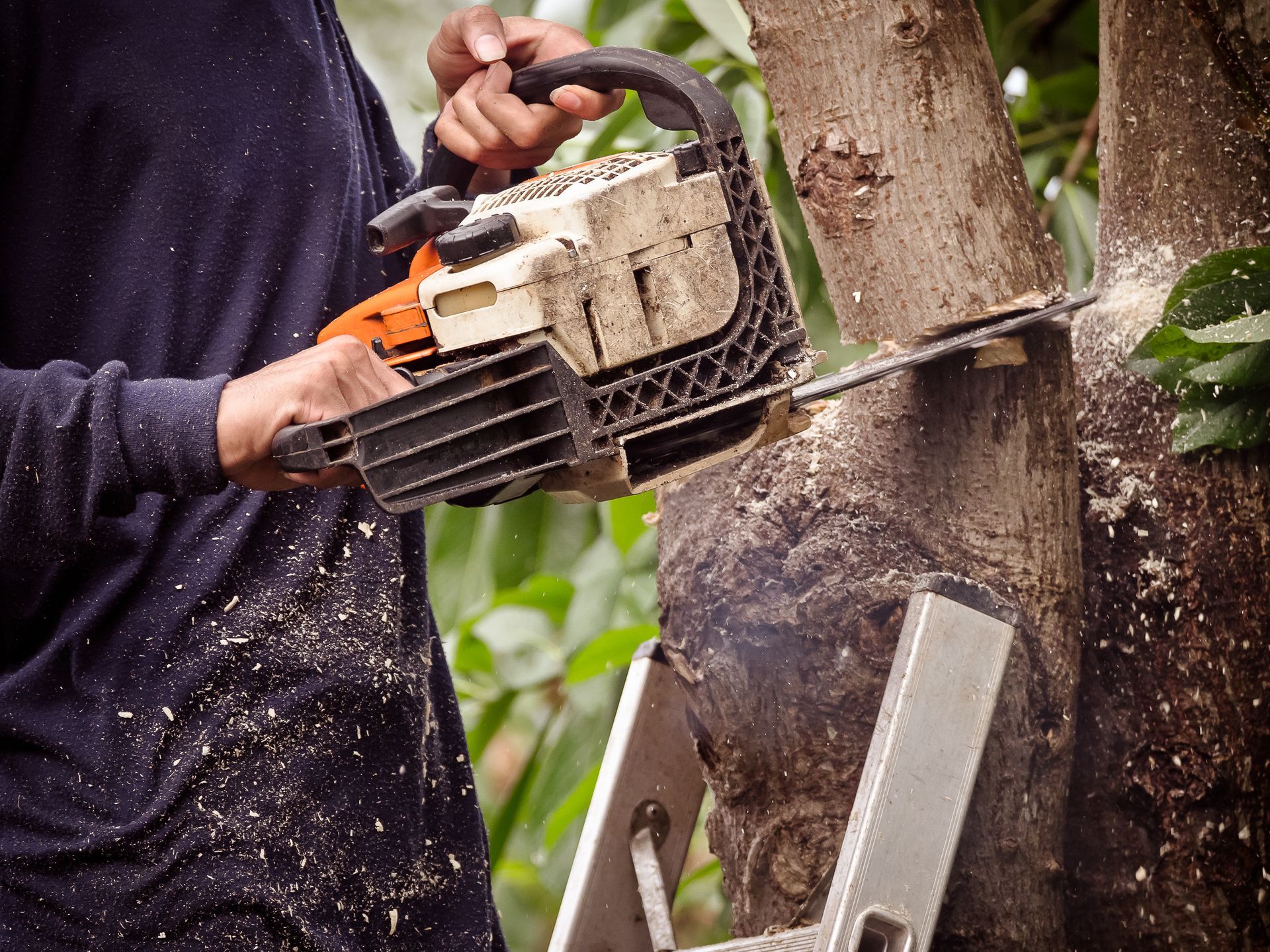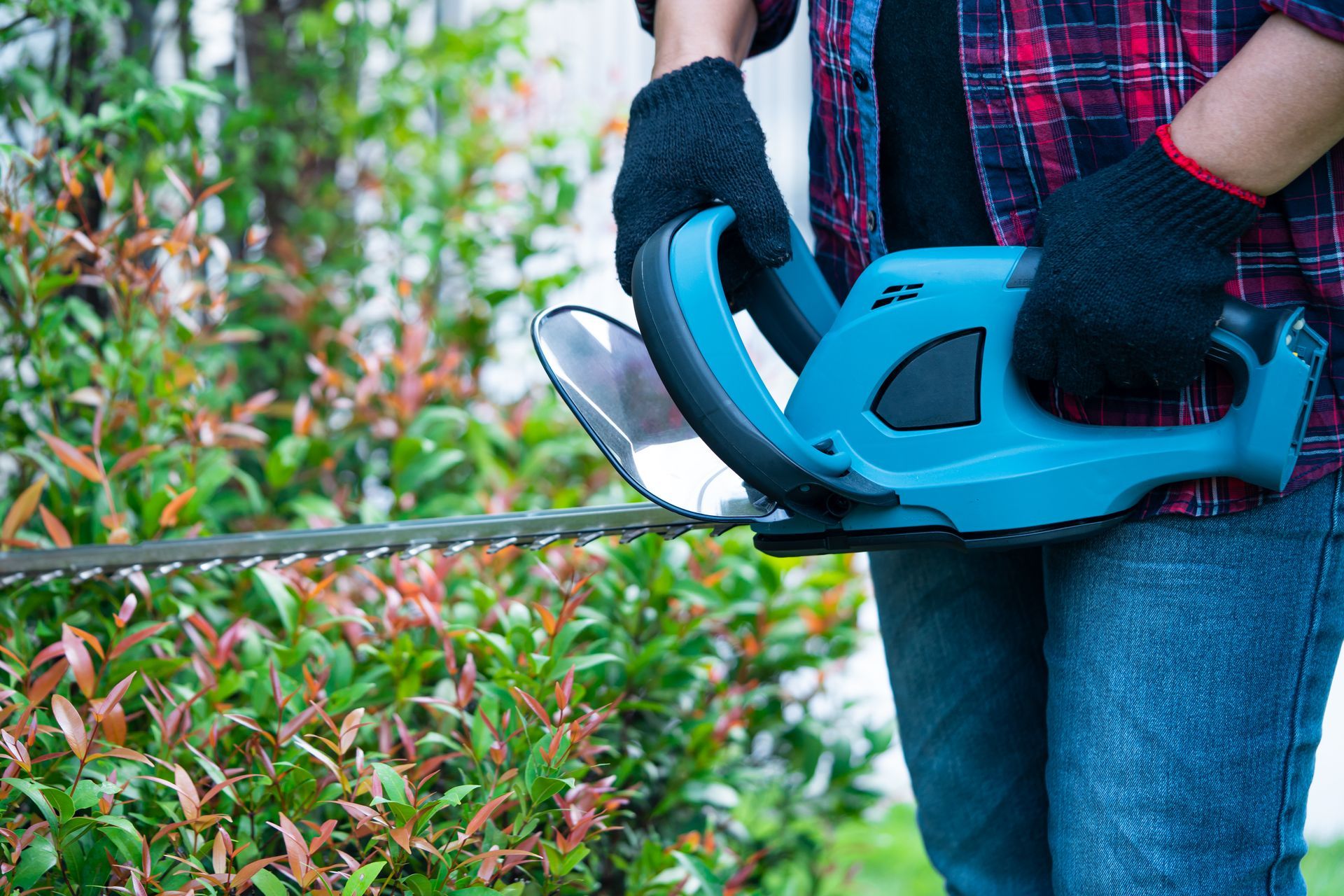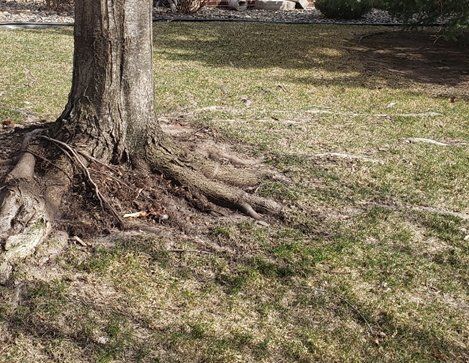What Kind of Trees Grow in Connecticut?
Connecticut is known for its diverse landscapes and beautiful scenery, providing habitats for a variety of tree species. From the hills of Litchfield County to the plains along Long Island Sound, Connecticut's trees are an important part of its environment. Here, we'll explore some common tree species found in Connecticut.
Oak Trees
Oak trees are very common in Connecticut, known for their strength and long life. Different kinds of oak trees, such as red oak, white oak, and black oak, can be found in the state. These trees are easy to recognize because of their leaves and acorns, which are an important food for wildlife.
Maple Trees
Maple trees are also common in Connecticut and are famous for their beautiful leaves in the fall. There are many types of maple trees in the state, including sugar maple, red maple, and silver maple. Maple trees are also important because their sap is used to make maple syrup.
Pine Trees
Pine trees are evergreen and can grow well in Connecticut's climate. They have long needles and can grow in different kinds of soil. Some types of pine trees in Connecticut include Eastern white pine, pitch pine, and red pine. Pine trees are good for wildlife and are also used in landscaping.
Hemlock Trees
Hemlock trees are common in Connecticut and grow well in shady, wet areas. There are two types of hemlock trees in Connecticut: Eastern hemlock and Canadian hemlock. Hemlock trees help keep soil in place and provide homes for wildlife.
Beech Trees
Beech trees are not as common in Connecticut but can still be found. They have smooth bark and leaves with pointed edges. Beech trees make small nuts called beechnuts, which are an important food for wildlife. Beech trees are also used to make furniture.
In conclusion, Connecticut has many different types of trees that are important for its environment. Whether you're hiking in the woods or relaxing by the coast, take some time to appreciate the beauty of Connecticut's trees.
